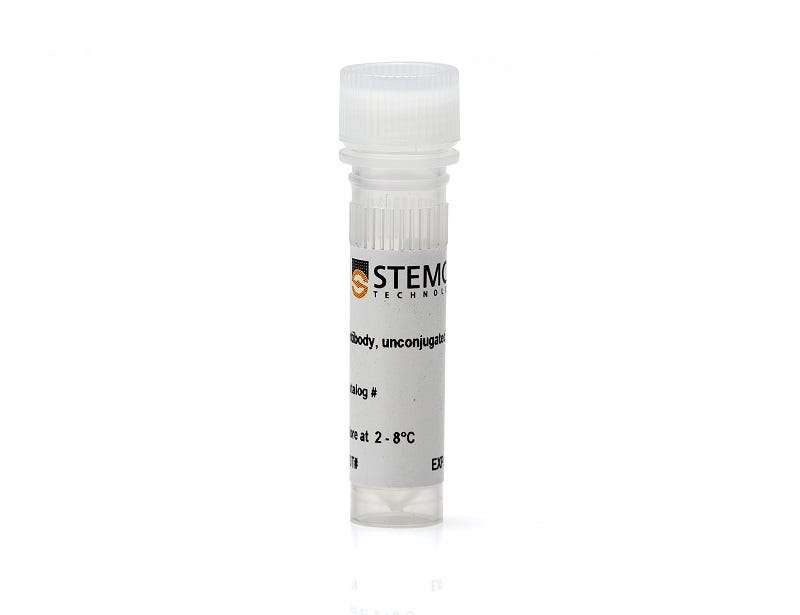Anti-Mouse CD62L (L-Selectin) Antibody, Clone MEL-14
Rat monoclonal IgG2a antibody against mouse CD62L (L-selectin)
Request Pricing
Thank you for your interest in this product. Please provide us with your contact information and your local representative will contact you with a customized quote. Where appropriate, they can also assist you with a(n):
Estimated delivery time for your area
Product sample or exclusive offer
In-lab demonstration
Overview
Data Figures
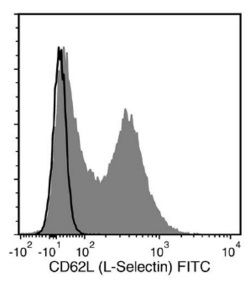
Figure 1. Data for Unconjugated
Flow cytometry analysis of C57BL/6 mouse splenocytes labeled with Anti-Mouse CD62L (L-Selectin) Antibody, Clone MEL-14, followed by a mouse anti-rat IgG2a antibody, FITC (filled histogram), or Rat IgG2a, kappa Isotype Control Antibody, Clone RTK2758 (Catalog #60076), followed by a mouse anti-rat IgG2a antibody, FITC (solid line histogram).
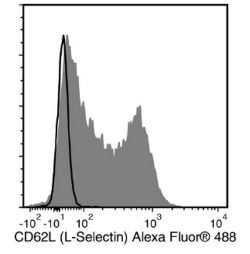
Figure 2. Data for Alexa Fluor® 488-Conjugated
Flow cytometry analysis of C57BL/6 mouse splenocytes labeled with Anti-Mouse CD62L (L-Selectin) Antibody, Clone MEL-14, Alexa Fluor® 488 (filled histogram) or Rat IgG2a, kappa Isotype Control Antibody, Clone RTK2758, Alexa Fluor® 488 (Catalog #60076AD) (solid line histogram).
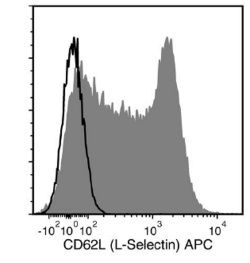
Figure 3. Data for APC-Conjugated
Flow cytometry analysis of C57BL/6 mouse splenocytes labeled with Anti-Mouse CD62L (L-Selectin) Antibody, Clone MEL-14, APC (filled histogram) or Rat IgG2a, kappa Isotype Control Antibody, Clone RTK2758, APC (Catalog #60076AZ) (solid line histogram).
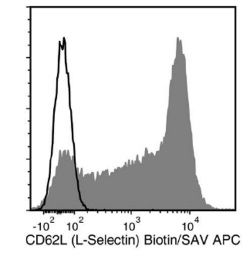
Figure 4. Data for Biotin-Conjugated
Flow cytometry analysis of C57BL/6 mouse splenocytes labeled with Anti-Mouse CD62L (L-Selectin) Antibody, Clone MEL-14, Biotin, followed by streptavidin (SAV) APC (filled histogram), or Rat IgG2a, kappa Isotype Control Antibody, Clone RTK2758, Biotin (Catalog #60076BT), followed by SAV APC (solid line histogram).
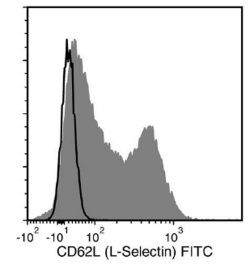
Figure 5. Data for FITC-Conjugated
Flow cytometry analysis of C57BL/6 mouse splenocytes labeled with Anti-Mouse CD62L (L-Selectin) Antibody, Clone MEL-14, FITC (filled histogram) or Rat IgG2a, kappa Isotype Control Antibody, Clone RTK2758, FITC (Catalog #60076FI) (solid line histogram).

Figure 6. Data for PE-Conjugated
(A) Flow cytometry analysis of C57BL/6 mouse splenocytes labeled with Anti-Mouse CD62L (L-Selectin) Antibody, Clone MEL-14, PE (filled histogram) or Rat IgG2a, kappa Isotype Control Antibody, Clone RTK2758, PE (Catalog #60076PE) (solid line histogram). (B) Flow cytometry analysis of mouse splenocytes (gated on CD4+ cells) processed with EasySep™ Mouse Naïve CD4+ T Cell Isolation Kit and labeled with Anti-Mouse CD62L (L-Selectin) Antibody, Clone MEL-14, PE and an anti-mouse CD44 antibody, FITC. Labeling of the Start splenocytes prior to cell isolation is shown (C).

Figure 7. Data for PerCP-Cy55-Conjugated
Flow cytometry analysis of C57BL/6 mouse splenocytes labeled with Anti-Mouse CD62L (L-Selectin) Antibody, Clone MEL-14, PerCP-Cy5.5 (filled histogram) or a rat IgG2a, kappa isotype control antibody, PerCP-Cy5.5 (solid line histogram).
Protocols and Documentation
Find supporting information and directions for use in the Product Information Sheet or explore additional protocols below.
Applications
This product is designed for use in the following research area(s) as part of the highlighted workflow stage(s). Explore these workflows to learn more about the other products we offer to support each research area.
Resources and Publications
Educational Materials (3)
Related Products
-
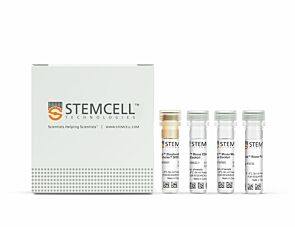 EasySep™ Mouse Naïve CD4+ T Cell Isolation...
EasySep™ Mouse Naïve CD4+ T Cell Isolation...Immunomagnetic negative isolation of untouched mouse naïve CD4+ T cells
-
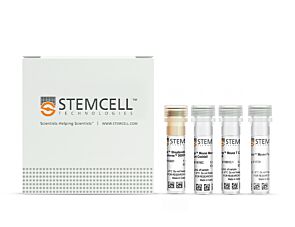 EasySep™ Mouse Pan-Naïve T Cell Isolation ...
EasySep™ Mouse Pan-Naïve T Cell Isolation ...15-Minute cell isolation kit using immunomagnetic negative selection
-
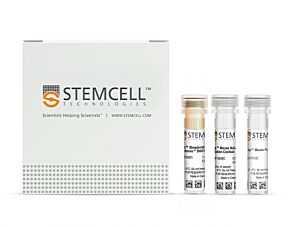 EasySep™ Mouse Naïve CD8+ T Cell Isolation...
EasySep™ Mouse Naïve CD8+ T Cell Isolation...Immunomagnetic negative isolation of untouched mouse naïve CD8+ T cells
-
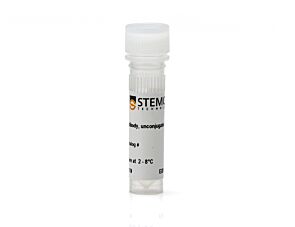 Rat IgG2a, kappa Isotype Control Antibody, Cl...
Rat IgG2a, kappa Isotype Control Antibody, Cl...Rat monoclonal IgG2a, kappa isotype control antibody
Item added to your cart

Anti-Mouse CD62L (L-Selectin) Antibody, Clone MEL-14
Alexa Fluor is a registered trademark of Life Technologies Corporation. Antibodies conjugated to Alexa Fluor® are licensed for internal research use only and sale is expressly conditioned on the buyer not using the antibody for manufacturing, performing a service or medical test, or otherwise generating revenue. For use other than research, contact Life Technologies Corporation, 5791 Van Allen Way, Carlsbad, CA 92008 USA or outlicensing@lifetech.com.
PRODUCTS ARE FOR RESEARCH USE ONLY AND NOT INTENDED FOR HUMAN OR ANIMAL DIAGNOSTIC OR THERAPEUTIC USES UNLESS OTHERWISE STATED. FOR ADDITIONAL INFORMATION ON QUALITY AT STEMCELL, REFER TO WWW.STEMCELL.COM/COMPLIANCE.
